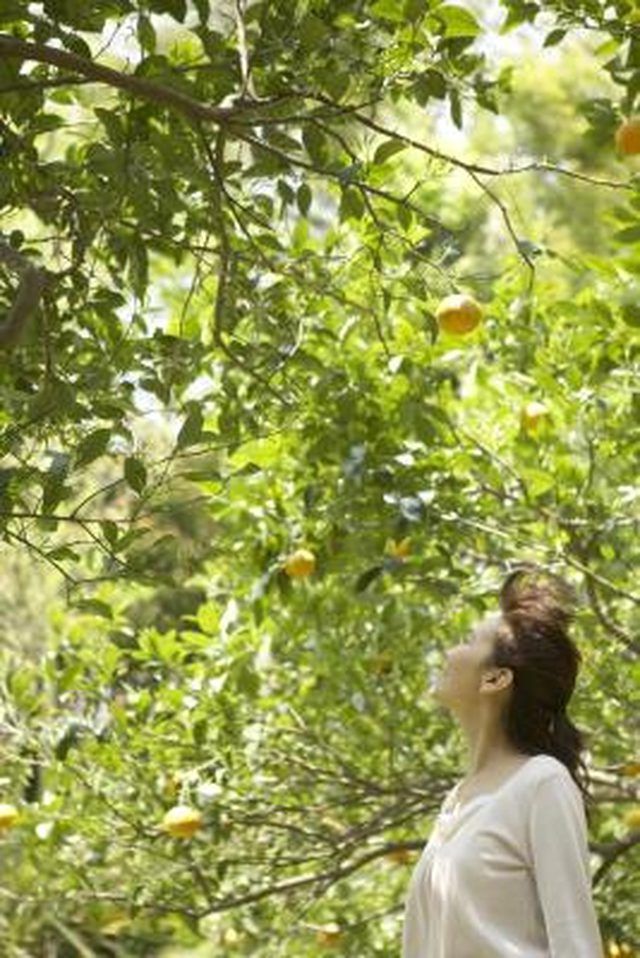Bulbs
Flower Basics
Flower Beds & Specialty Gardens
Flower Garden
Garden Furniture
Garden Gnomes
Garden Seeds
Garden Sheds
Garden Statues
Garden Tools & Supplies
Gardening Basics
Green & Organic
Groundcovers & Vines
Growing Annuals
Growing Basil
Growing Beans
Growing Berries
Growing Blueberries
Growing Cactus
Growing Corn
Growing Cotton
Growing Edibles
Growing Flowers
Growing Garlic
Growing Grapes
Growing Grass
Growing Herbs
Growing Jasmine
Growing Mint
Growing Mushrooms
Orchids
Growing Peanuts
Growing Perennials
Growing Plants
Growing Rosemary
Growing Roses
Growing Strawberries
Growing Sunflowers
Growing Thyme
Growing Tomatoes
Growing Tulips
Growing Vegetables
Herb Basics
Herb Garden
Indoor Growing
Landscaping Basics
Landscaping Patios
Landscaping Plants
Landscaping Shrubs
Landscaping Trees
Landscaping Walks & Pathways
Lawn Basics
Lawn Maintenance
Lawn Mowers
Lawn Ornaments
Lawn Planting
Lawn Tools
Outdoor Growing
Overall Landscape Planning
Pests, Weeds & Problems
Plant Basics
Rock Garden
Rose Garden
Shrubs
Soil
Specialty Gardens
Trees
Vegetable Garden
Yard Maintenance
How Do I Tell If My Lemon Tree Is Dead?
How Do I Tell If My Lemon Tree Is Dead?. Lemon trees (Citrus limon) relish a sunny location in a fertile, well-draining soil in regions where frosts and freezes don't occur. As long as the roots, trunk or one branch remains alive on the tree, it may still resprout and continue to grow.

Lemon trees (Citrus limon) relish a sunny location in a fertile, well-draining soil in regions where frosts and freezes don't occur. As long as the roots, trunk or one branch remains alive on the tree, it may still resprout and continue to grow.
Features
A living lemon tree will display oval evergreen leaves year round. Living branches with sap flowing within will flex gently and do not snap. Scratching into the bark on branches or the trunk to 1/16-inch deep to 1/8-inch deep reveals a green, damp layer on lemon trees that are still alive. Dead bark shrinks tightly and cracks.
Causes of Death
Extended temperatures below 25 degrees Fahrenheit cause leaf drop, branch dieback and even trunk and root death. Excessively dry soil leads to plant demise as can any number of insects or fungal diseases, especially when the soil is too wet or slow-drained.
Considerations
Symptoms of a failing lemon tree include leaf drop, abortion of flowers and shriveling of fruits. While some branch dieback is common on older trees, large branch or canopy sections quickly defoliating and dying suggests a larger cultural or disease problem. After winter cold, wait six months until after the midsummer to pronounce the tree fully dead if no regrowth appears.